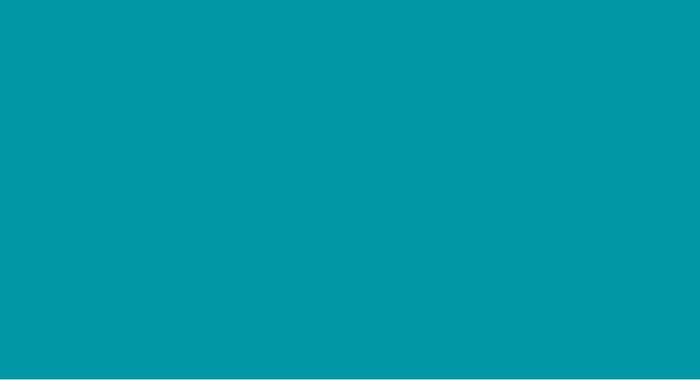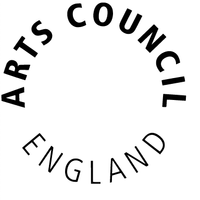Lossy Ecology (artist book work)
Buy Book: https://www.lossyecology.technology/ Lossy Ecology outlines the notion of an ‘ecosystem of realities’ in which bodies and experiences which resist static and dominant forms of representation, evolve their own means of self-definition. The term Lossy Ecology refers to the notion of a symbiotic permaculture of realities (compressions/filtered viewpoints) which can account for the multitude of embodied realities across humans, and beyond. Lossy Ecology seeks to build upon the frameworks of neurodiversity and Disability Justice by interrogating the universalist assumption that a single, factual reality exists, within which embodied differences can be objectively measured and defined. The texts collectively indicate a new approach to notions of ‘self’ or ‘body’ which might begin to account for bodies and embodied experiences that are not articulated in existing, standardised representational systems; a 'pataphysical body which transforms perceptual and representational voids into new possibilities, including freedom of movement. Image works and a glossary of re-purposed terms are distributed among a series of commissioned texts and interviews drawing on a range of subjects including John Latham’s Flat Time, ’pataphysics, autistic perception, cognitive disability, the politics of visibility, and the neuroscience of embodiment, by Ralph Dorey, Sabel Gavaldon, Victoria Gray, Gareth Bell-Jones, John Latham, Jesta Potheca, Anna Remington and Manos Tsakiris. Lossy Ecology was conceived following two year-long residencies with Manos Tsakiris, Lab of Action and Body, Royal Holloway, and Anna Remington, Centre for Research into Autism and Education, UCL, London. Funded by a Welcome Trust Arts Award.



